OVERVIEW
Problem
The plastic pollution threatens the food base in the sea, each year, 10 million tons of plastic end up in the world's oceans. If we do nothing, by 2025 there will be one ton plastic in the sea for every three tons of fish if we continue our plastic behaviour.
Creative Brief
Who is the client? Plastic Change
What is the product? A platform (website & app) On the website you can read about the concept, sign up by signing the pledge and participate in the challenge where you can challenge your friends and family to do the same. On the app there is a plastic calendar where you add which days you have been plastic free, infographic with a step-by-step guide that shows which items in the house you can swap out with alternatives to plastic products
What is the purpose? Make the population aware about the problem and make them change their behaviour by taking action.
Who is the target group? Adults, age 25-65+, men and women, lives in Denmark, same behaviour pattern but different sociography.
What do you want them to know/experience? Be informed about the effects plastic pollution has and to experience they can do a small change in their daily life by doing small things in the battle against plastic pollution.
What should they think and feel? The "feel-good" feeling when they have changed behaviour in their daily lifes by doing small things.
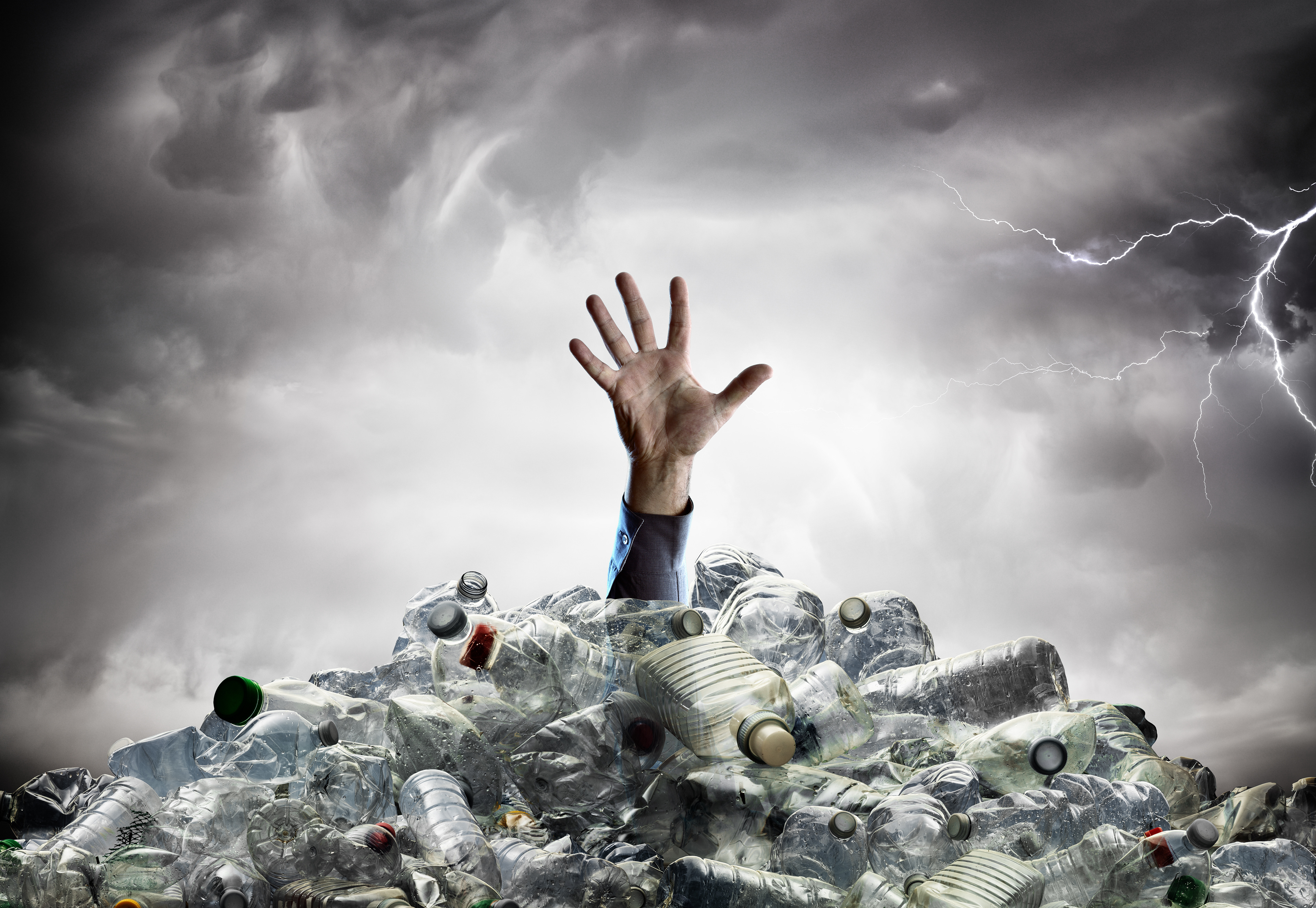
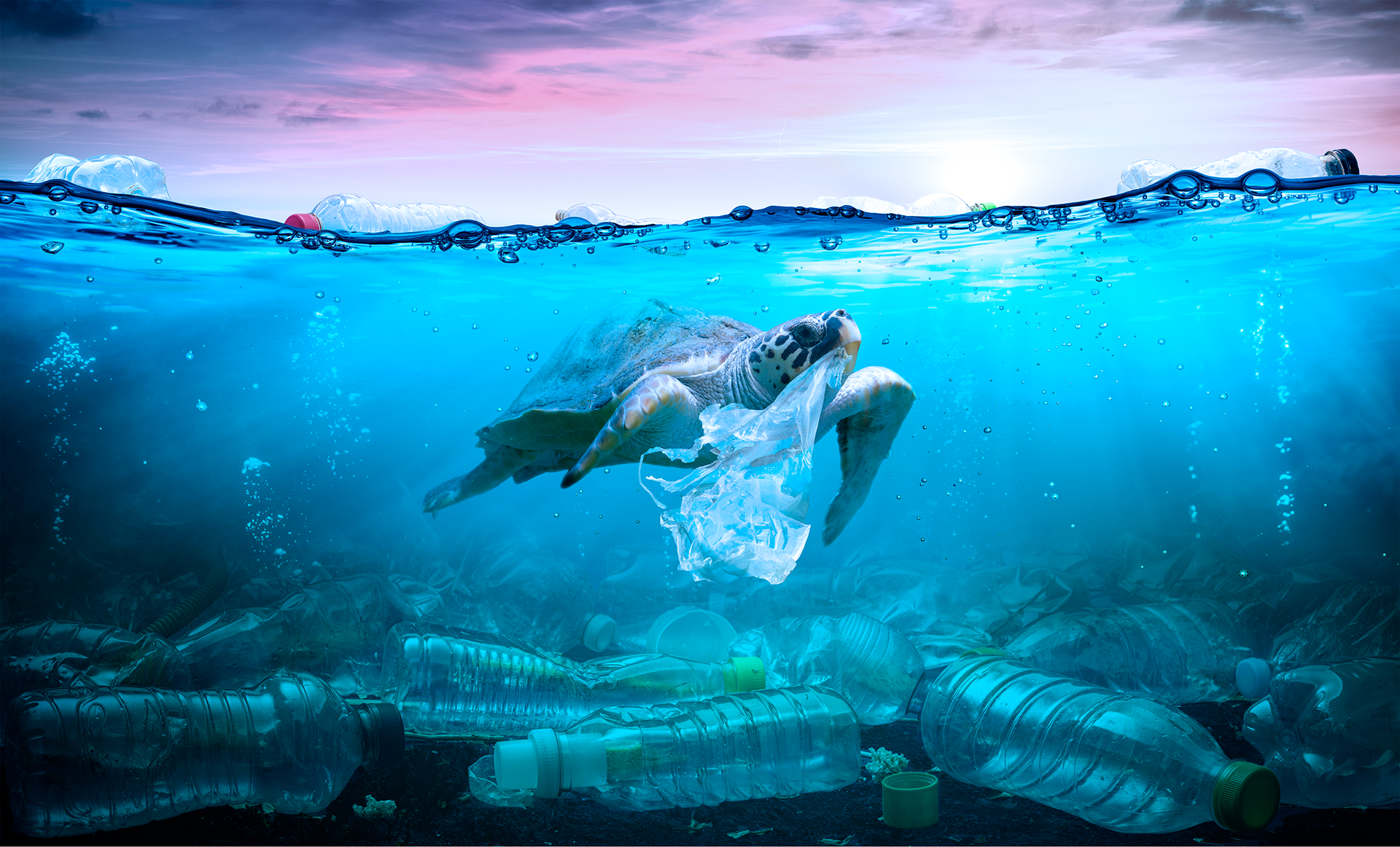
RESEARCH
First I started by finding Plastic Change's digital footprint to know how they operate and what they can do better to meet their mission. It was a through rough research and they are already using multiple SoMe channels to educate people to get their message out. To solve the problem I choose to combine two focuses together into one which is information & engagement to consumers and create awareness about plastic pollution & its consequences.
So how do we educate the population to raise awareness on plastic pollution and trigger them to take action?
Digital Footprint
Questionnaire
I conducted two surveys in Belgium with 22 respondents and in Denmark with 17 respondents to gather insights about the users, their pain points and needs. The answers gave me a good knowledge about their sociography, opinion to technology and what they like to do in their spare time.
Insights:
- The majority of all respondents were in the age groups 25-34, 35-44 and 55-64
- 55% of the Belgian respondents make an effort live more sustainable, while it was only 35% of the Danish respondents
- Both the Belgian and Danish respondents picks up trash even when it isn't theirs
- The majority of all respondents wants more information and helpful tips to help users make better choices and cut down on plastic usage
Therefore there will be created an app with a step-by-step guide that visually shows how to cut down on plastic products in their own homes and daily life. This happens through the challenge - 30 Days Plastic Free, in the challenge you have the possibility to challenge friends/family to do it together and compare progress.
Design
This is a concept to engage users into living more sustainable and plastic free in 30 days by entering the challenge from the website, therefore the concept needed its own identity, one than is different from Plastic Change's brand identity.
With the research findings in mind I began to brainstorm features the app needs to have to answer the question: "How might we educate the population to raise awareness on plastic pollution and engage them to change their current plastic behaviour?". I came up with as many ideas as possible without considering feasibility at this stage.
I brainstormed ideas for the logo design where I made some sketches and then moved forward to draw them up in Illustrator to further develop a logo.
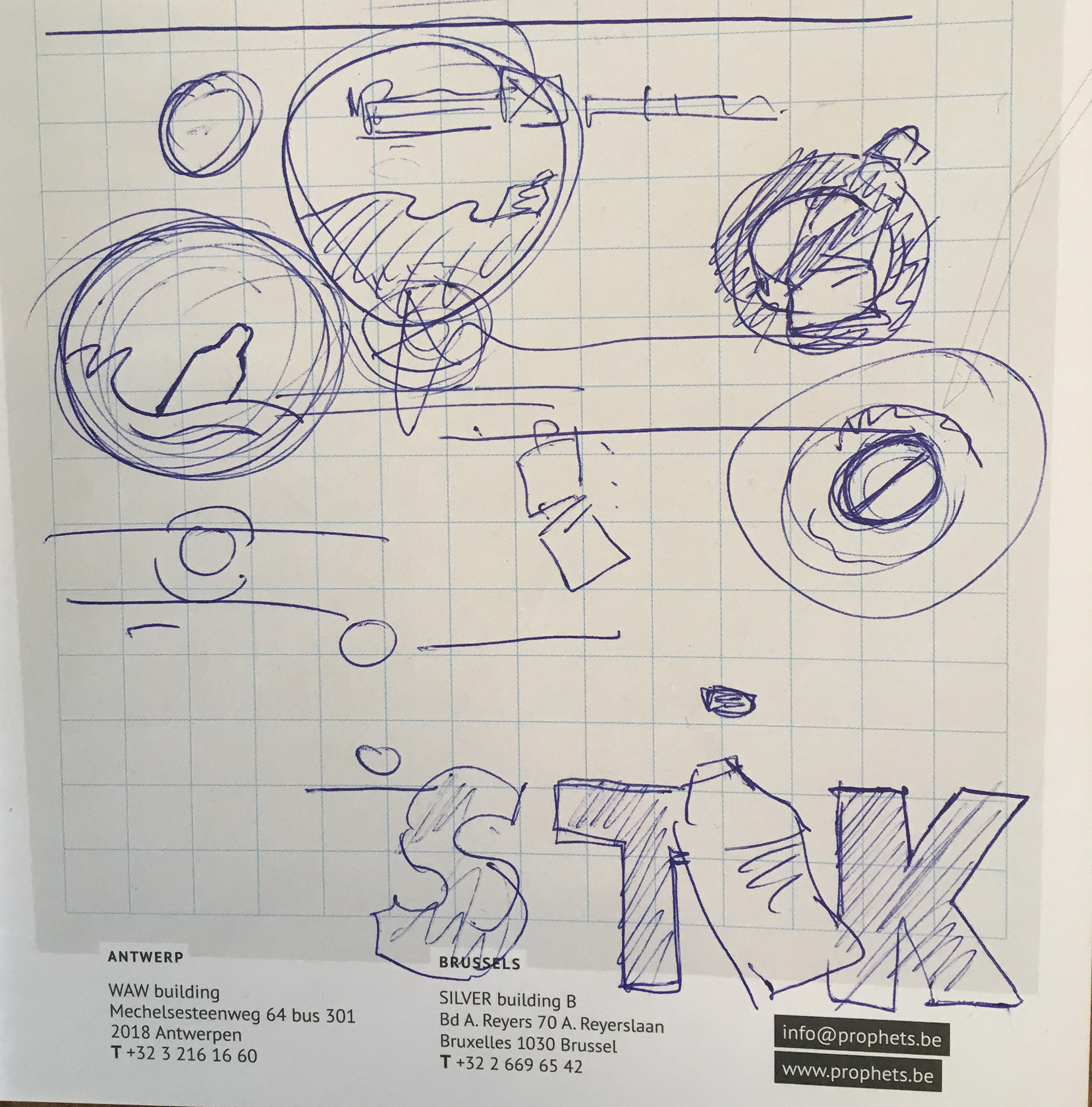
Paper sketch
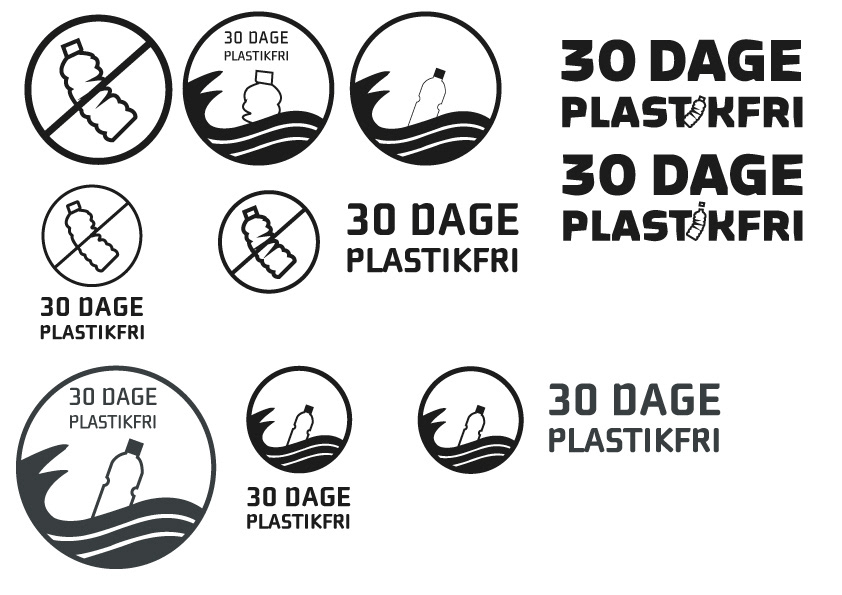
Illustrator sketch
Before showing the solution I'm going to show you the colours, final logo and typography. There are 5 colours - the blue colours symbolises the ocean, the green symbolises plastic and the red colour symbolises pollution which is also the same color that are being used for Call to Action. The white colour is background color or font colour when the background is dark. I wanted the logo to visualise plastic pollution in the ocean and a plastic bottle is great for that purpose. The logo on the website is only in the dark blue color with the logotype to the left of the trademark. On the app the logo is in the bright green color and only with the trademark. The typography on both the website and app is Cholla Wide OT with just two font types - ultra bold for headers and bold for paragraphs.
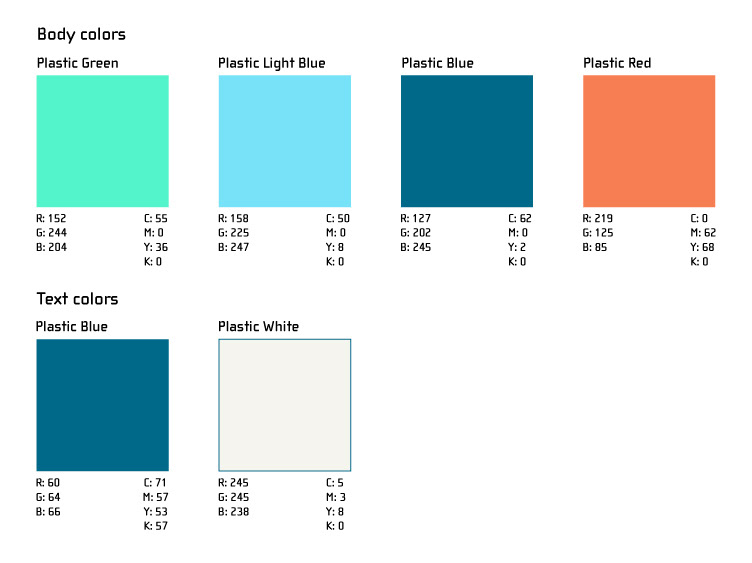
Color Palette
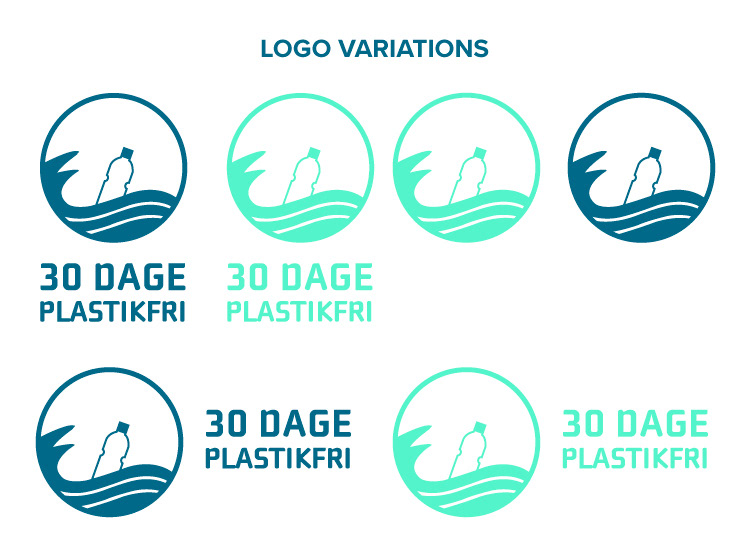
Logo Variations
Now that the visual identity is built, it was easier for me to make wireframes for the website and app. I made two screen versions for the website - desktop and mobile. I designed the website and app in Photoshop and the prototypes were made in Adobe Xd.
Website Prototype
The concept consists of a pledge you sign on the website, after you sign up, you receive an email follow-up with a link to download the app which is available on the App Store and Google Play. When downloading the app, you are automatically participating in the challenge - 30 days plastic free. Shortly after signing the pledge, you receive a package containing a shopping bag for future purchases and a badge you can put on your clothes or bag. By using the contents of the package you show others that you are an active participant in the challenge.
Website Design
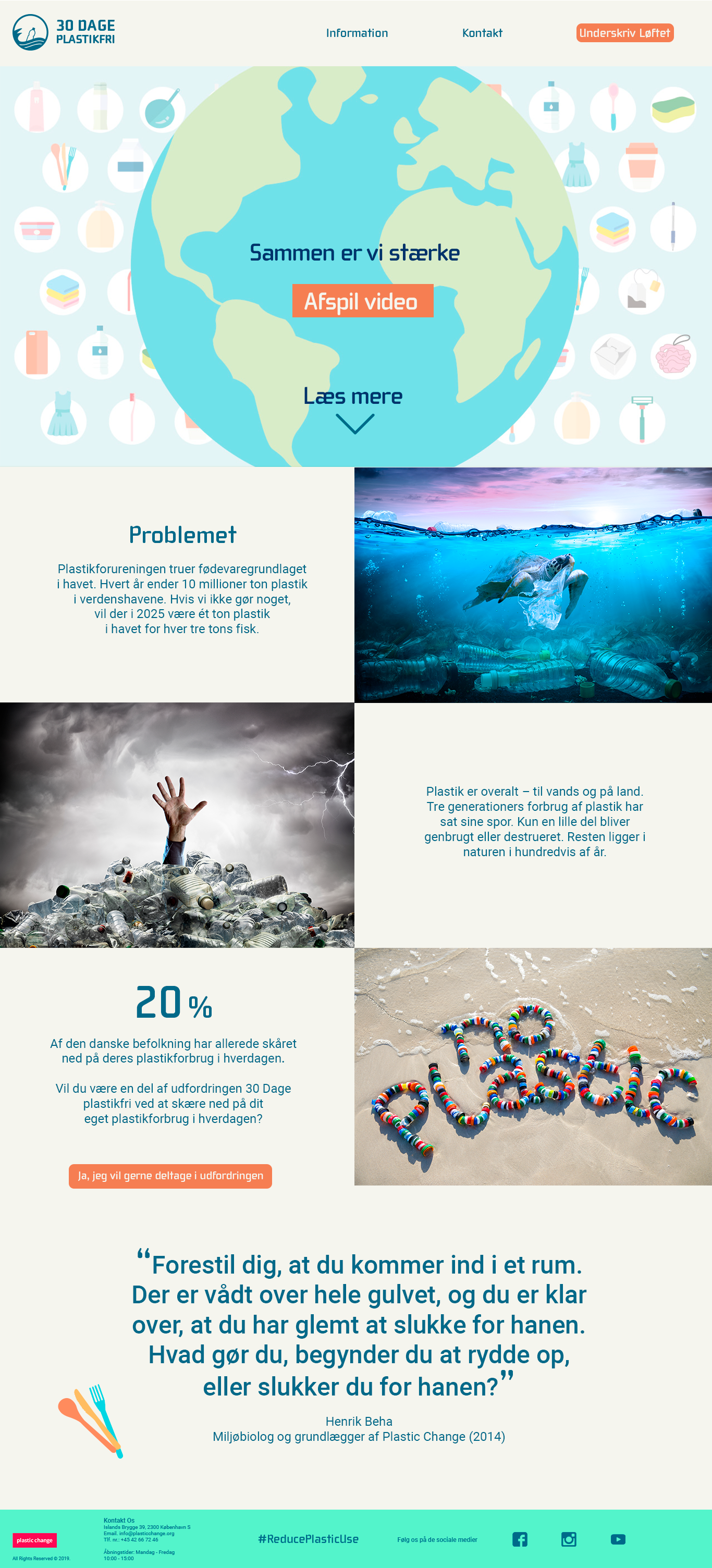
Landing Page - Desktop
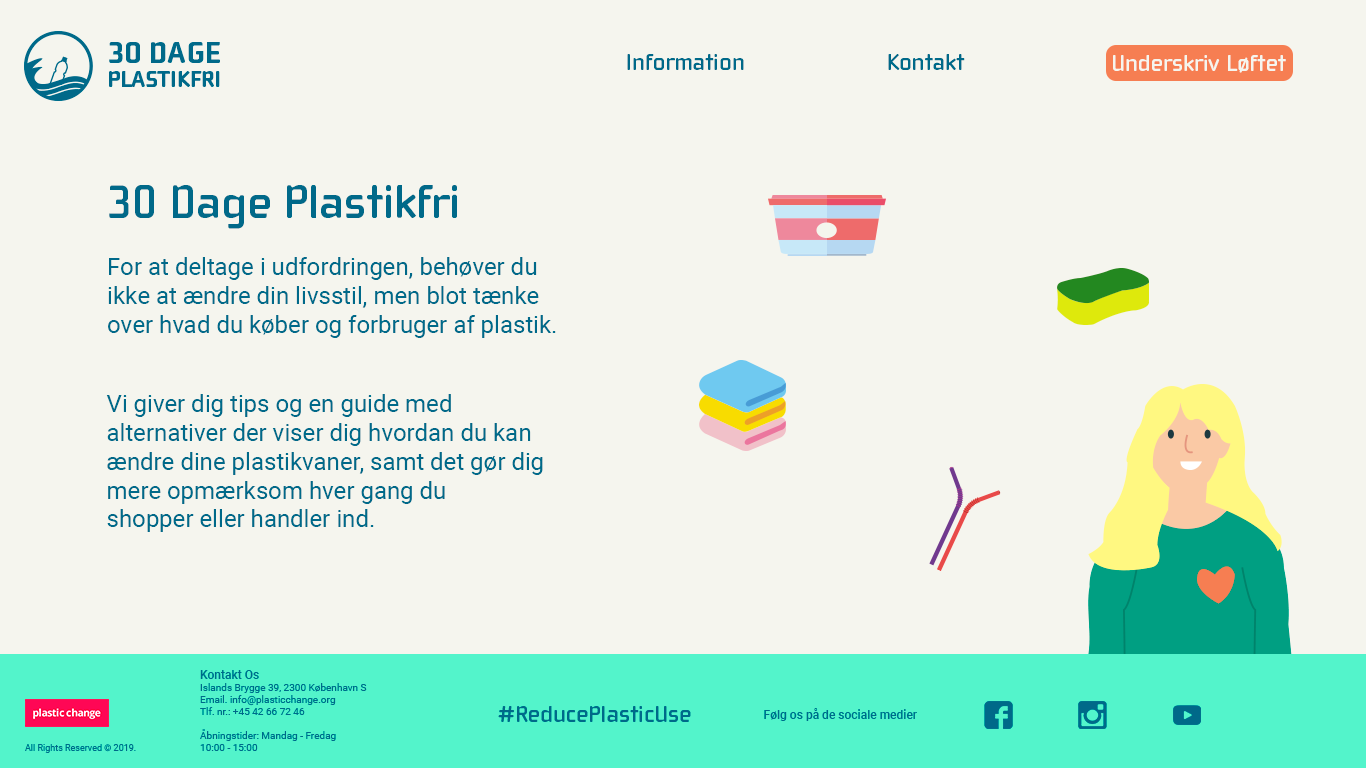
Information - Desktop
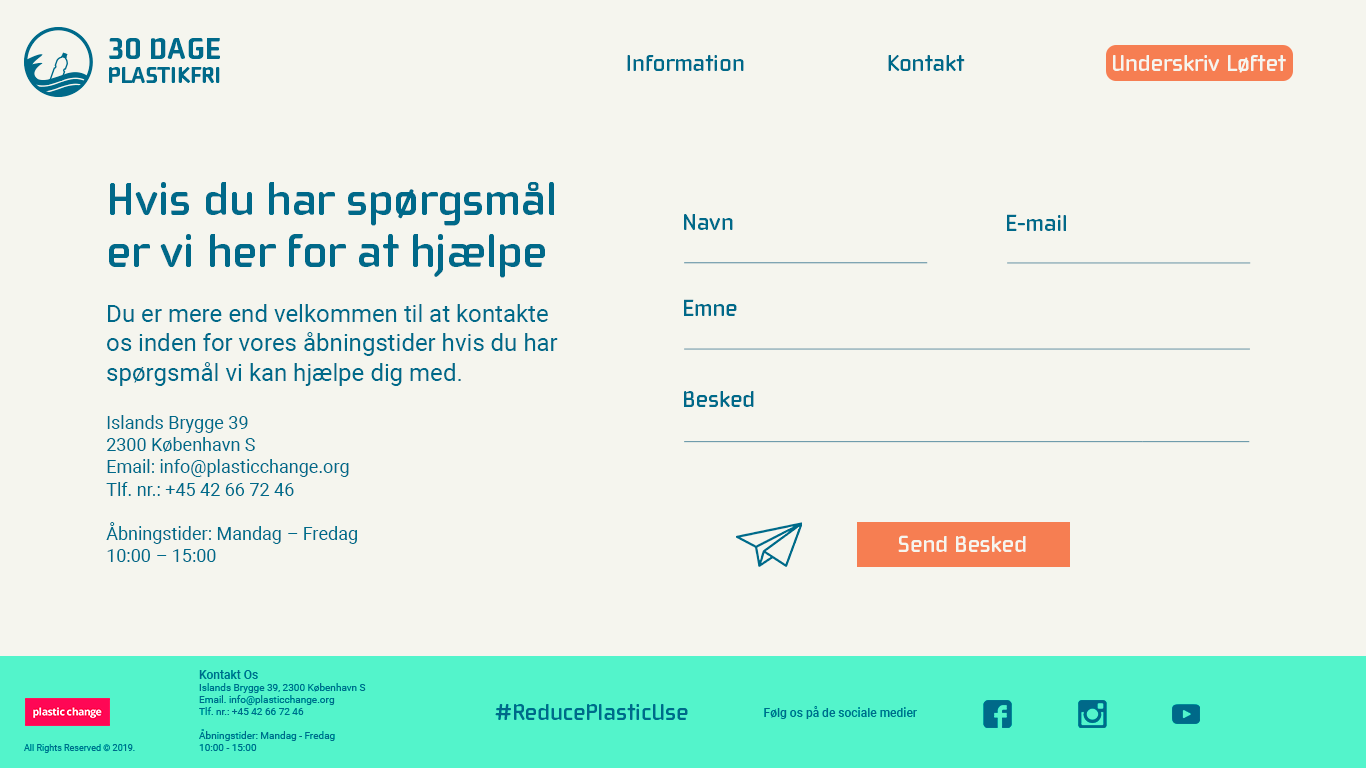
Contact - Desktop
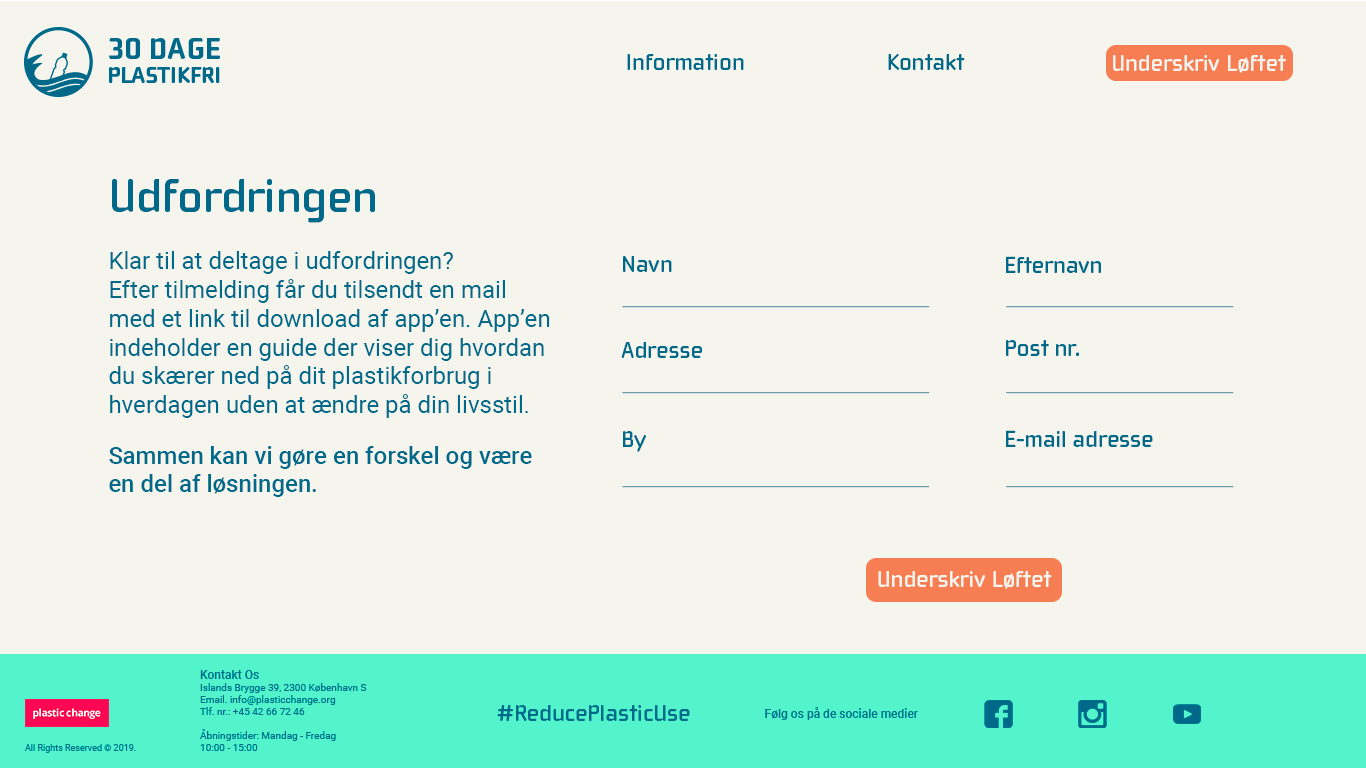
Sign Pledge - Desktop
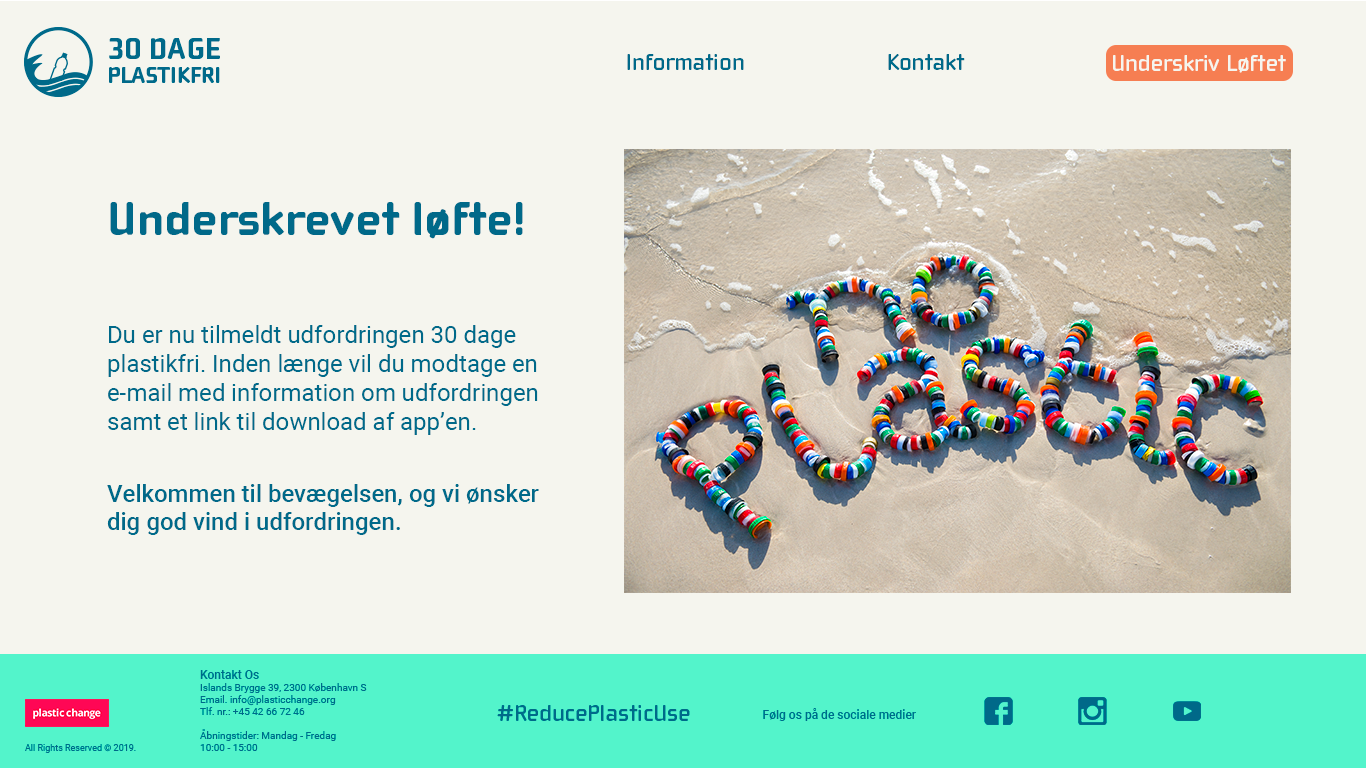
Pledge Succesful - Desktop
Website Mobile Design

Mobile Landing Page
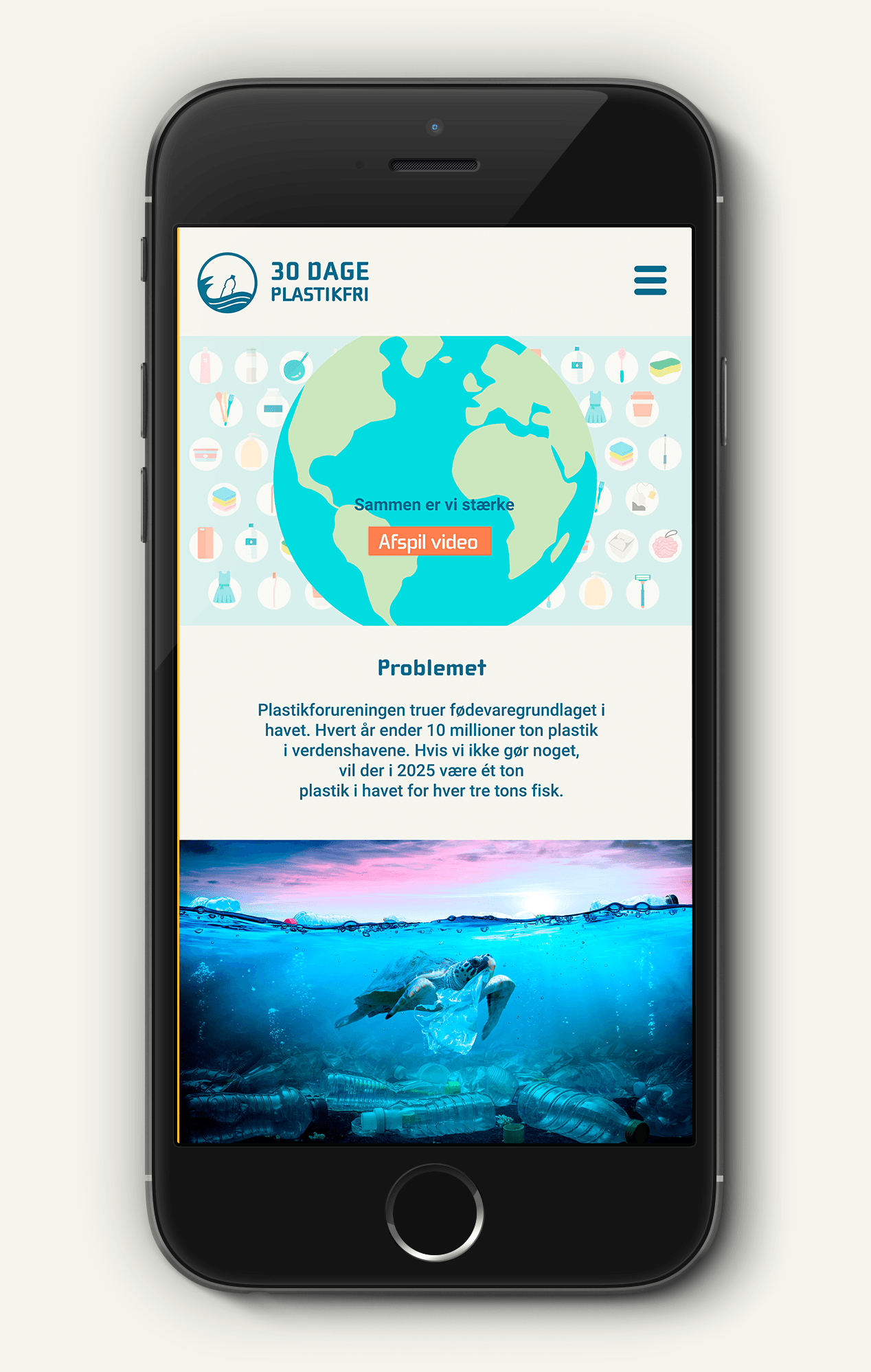
Mockup Mobile Landing Page
App
The app has a plastic calendar where you can enter each day that you were plastic free, and you can also see your process of participating in the challenge. The app has a step-by-step guide that visually shows what little things you can do to become plastic free by going for alternative solutions. Every step you perform in the guide, you get a title, if you have performed the guide for all 30 days you get the top score. There is an opportunity to share earned titles on Facebook and Instagram. The idea of the challenge is to get people engaged by received rewards, progress and the opportunity to challenge their friends/family to do the same.
App Prototype
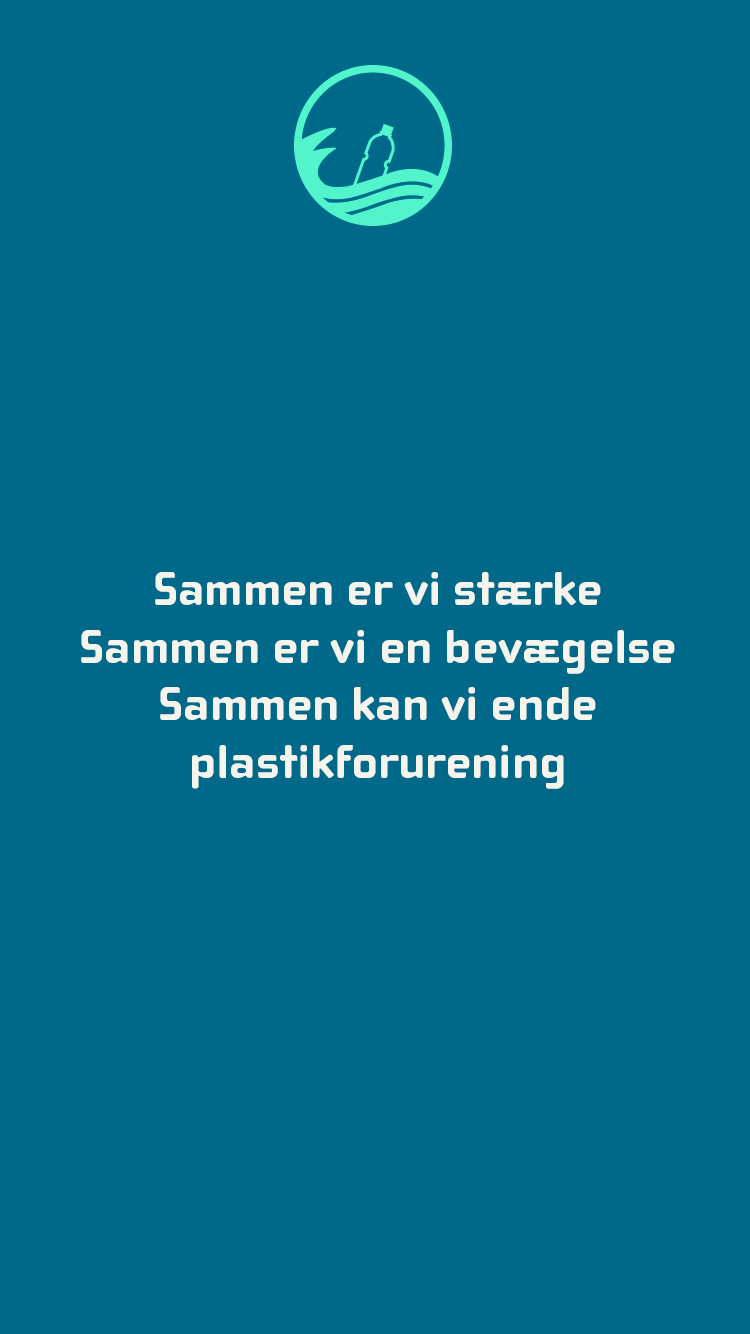
Landing Page
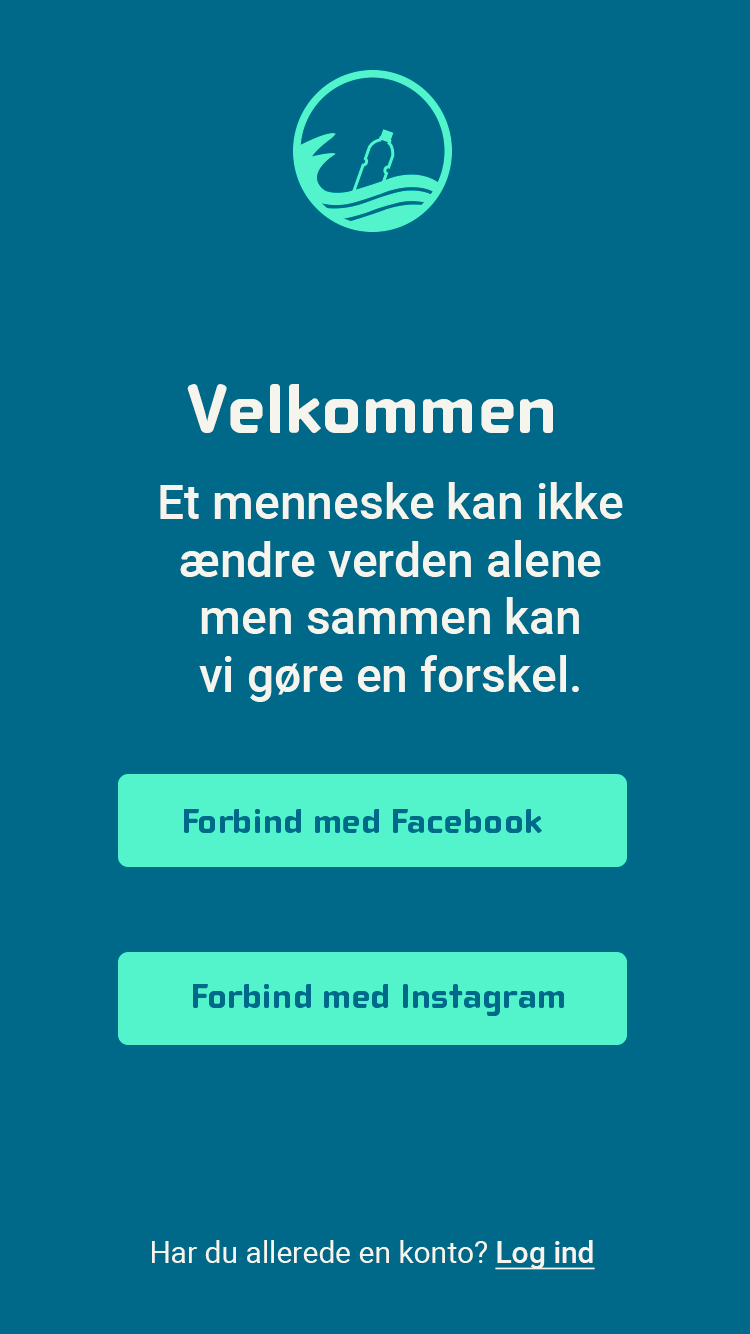
Welcome
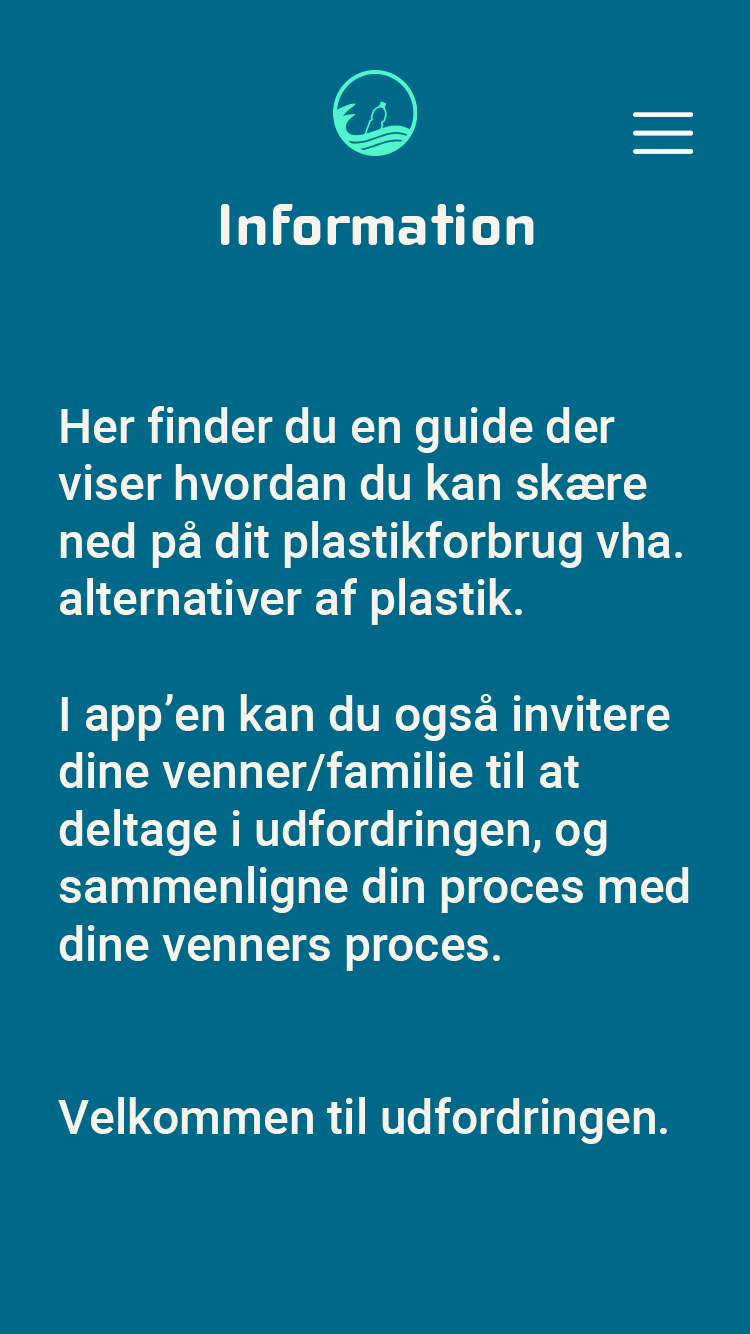
Information
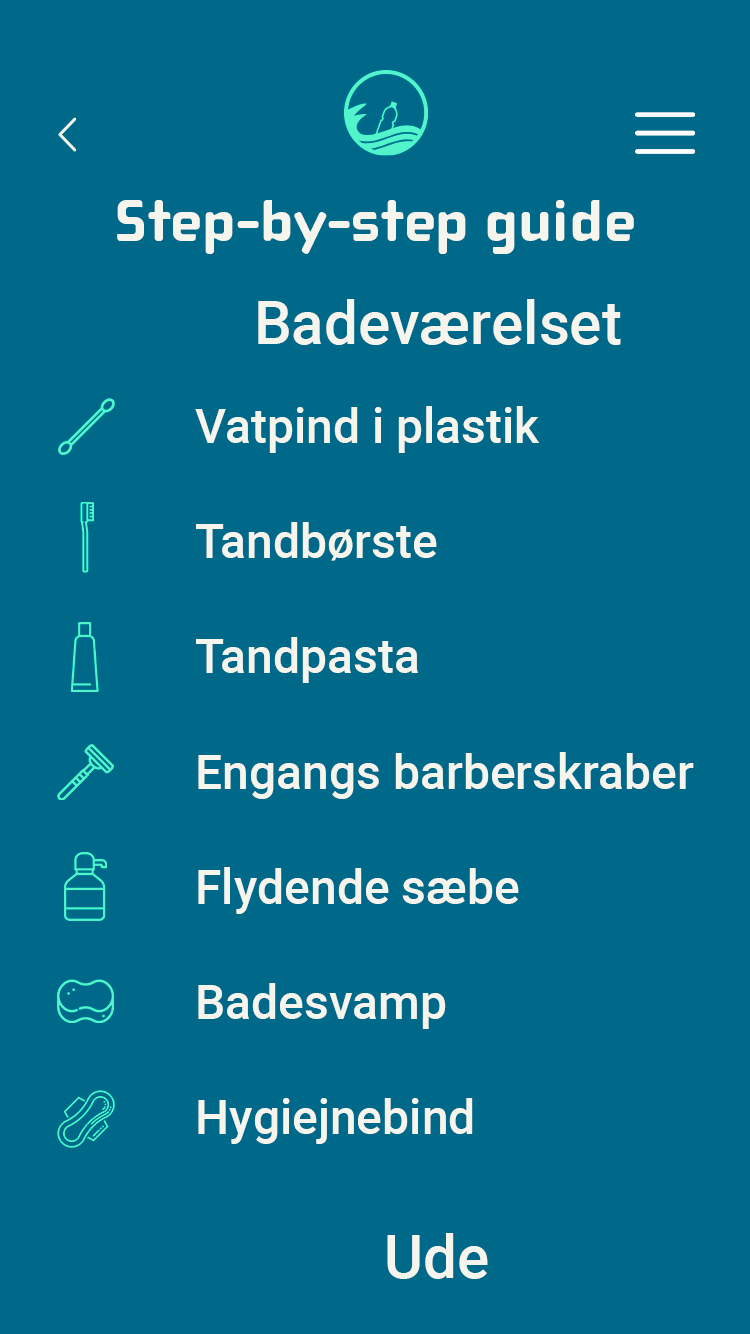
Step-by-step Guide
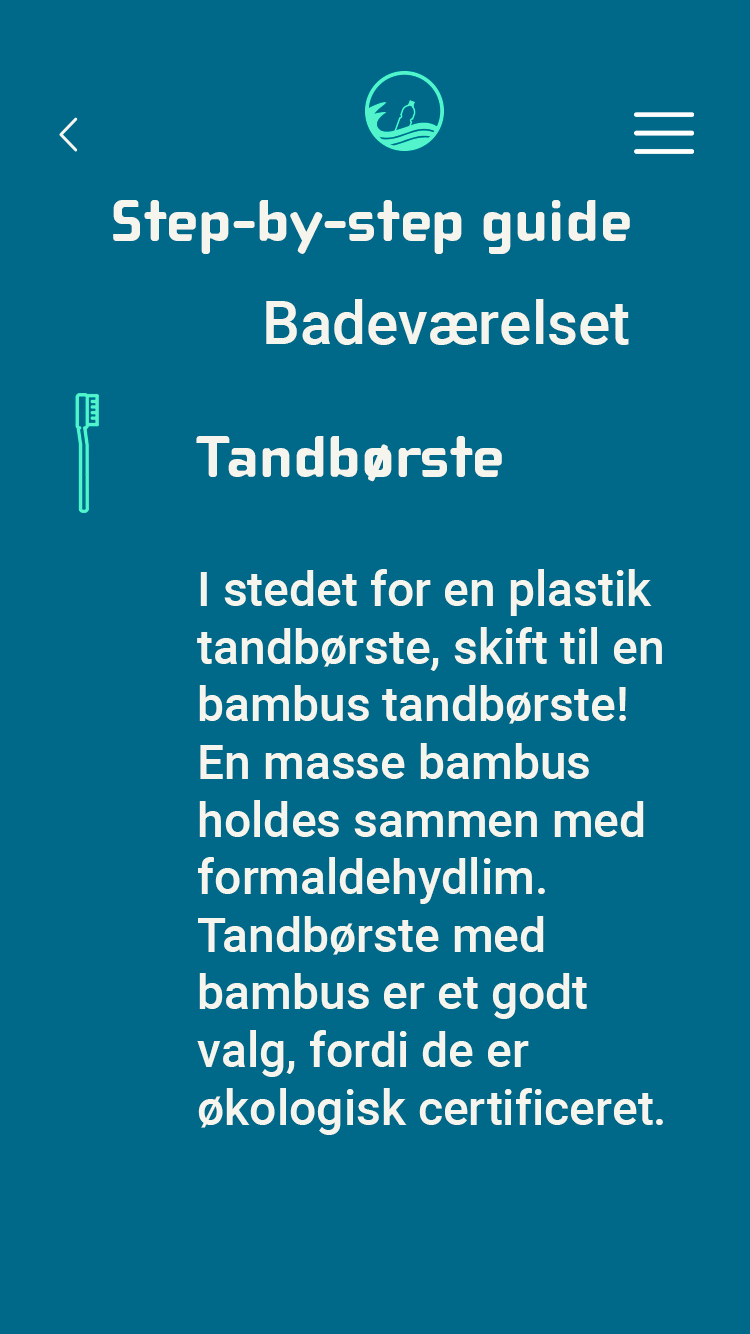
Plastic Alternative
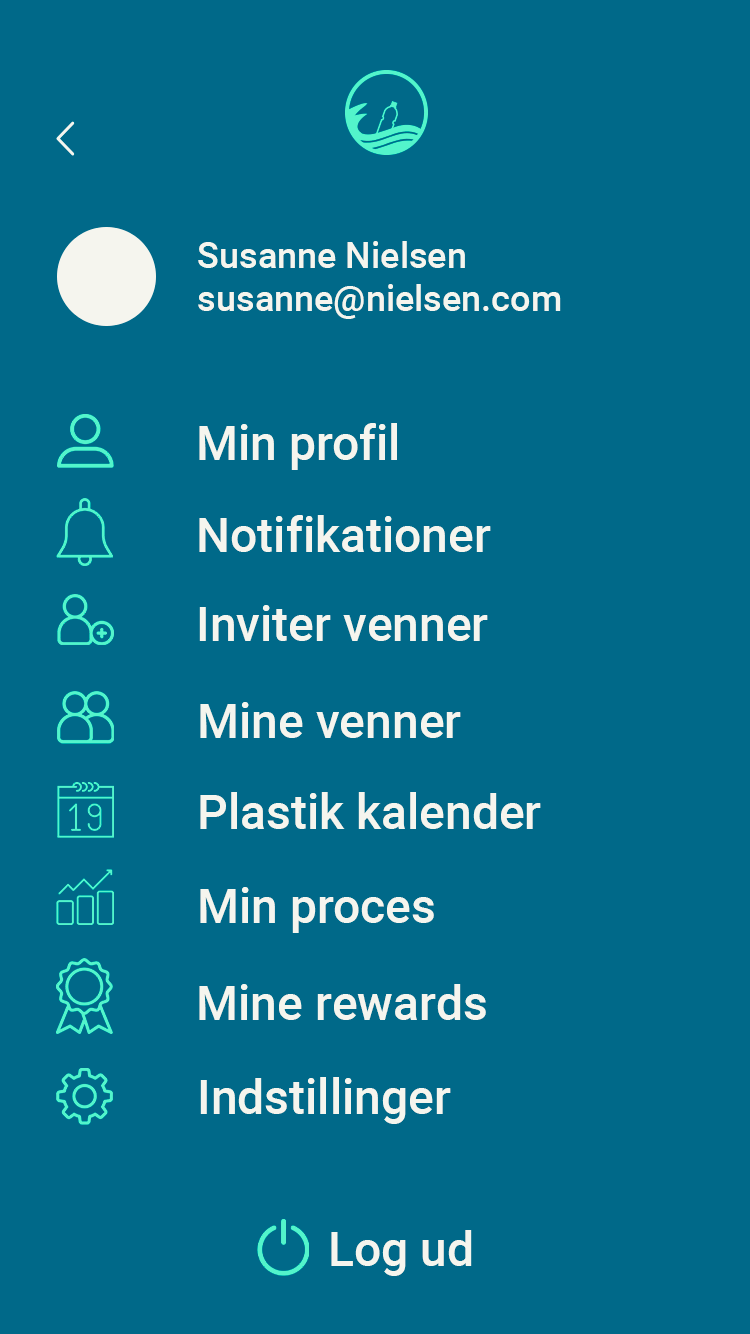
Profile
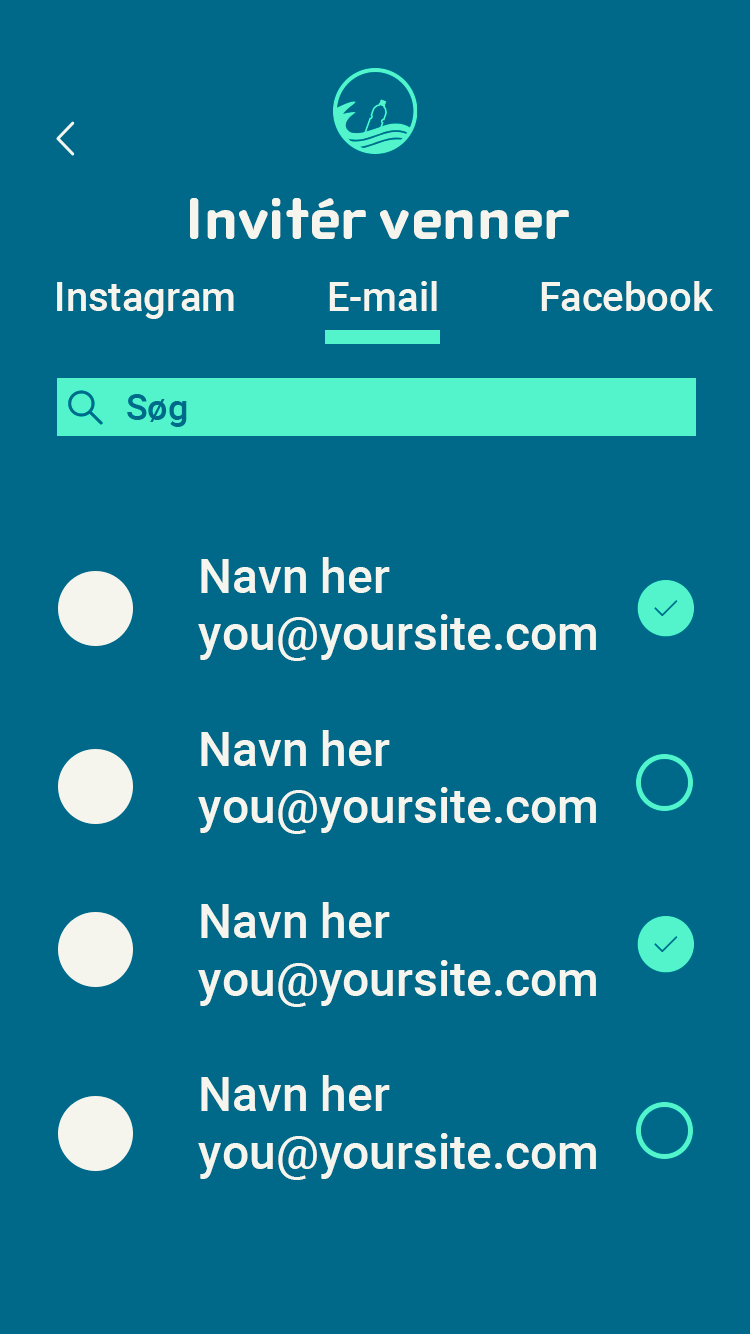
Invite Friends
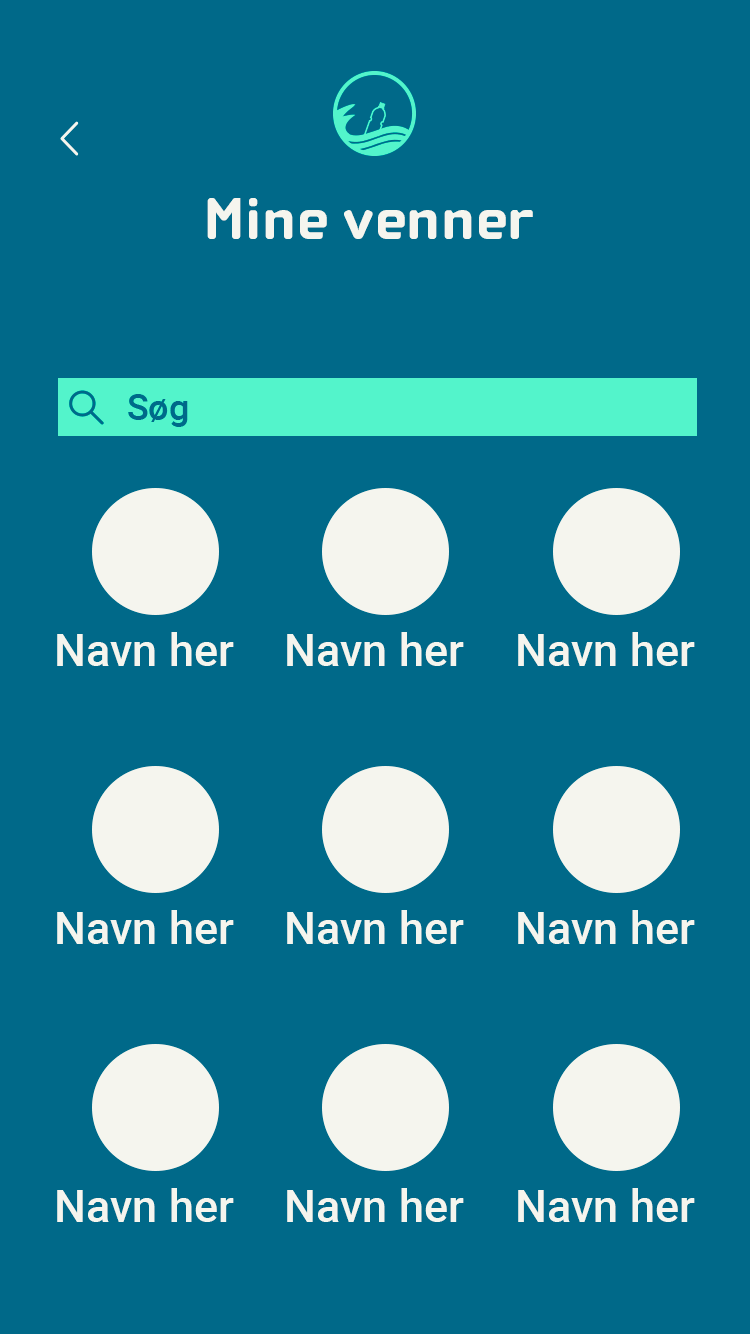
Friends

Plastic Calendar
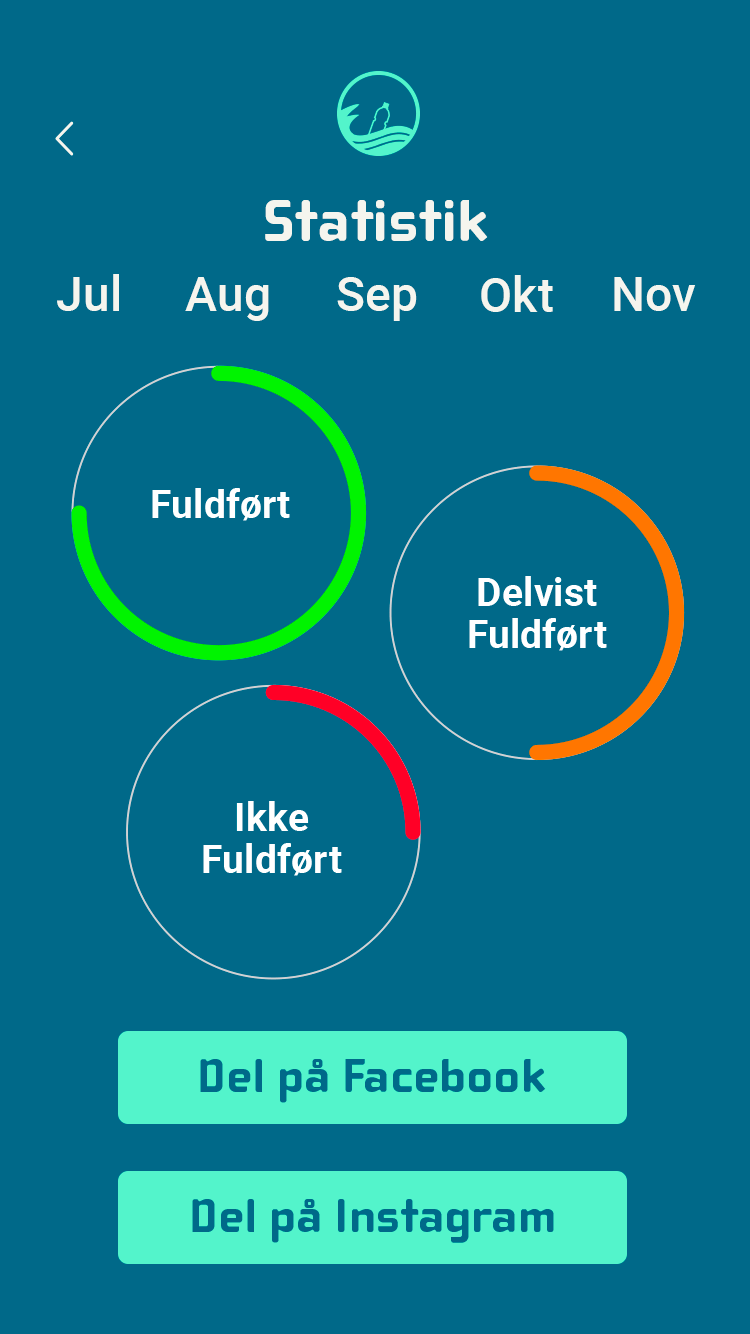
Progress
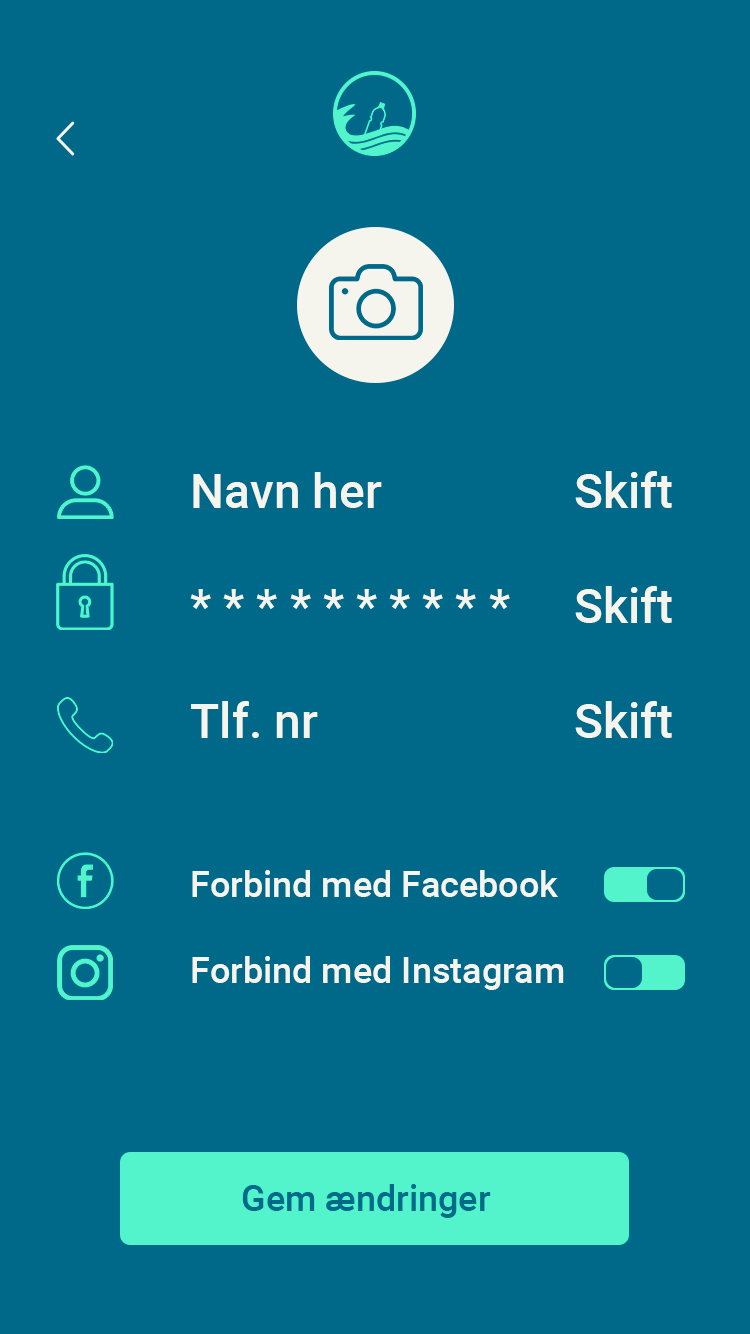
Profile Settings
Ideate
To get a deeper and better UX with the campaign it is obvious to test the product which is the app, this is to see how well it works and if the users can get so much engaged that they want to continue using the app further than just the 30 days.
This bachelor project has taught me a lot with research and I have therefore taken on many more roles than I normally would in the labor market as a graphic designer. I took on the roles as a UX designer, UI designer, researcher, marketing, concept developer and graphic designer. Having had all these roles in just two months I didn't have enough time to test the product where the target audience tests the app and I observe their reactions while they test the app. In turn, I made a prototype of both the website and the app where I show how it works when you press buttons and items, it was also my first time I made a prototype of any design without having it coded with html and css etc.
Campaign
The concept must be spread on as many relevant platforms as possible where we can capture the target audience. Therefore, there will be an app, website, print materials and SoMe which should be a permanent part of Plastic Change one target group, namely the population. The campaign has its own #hashtag which is seen in the footer on the website. With this hashtag the target audience can also use it when sharing their progress on social media, Facebook and Instagram. The purpose is to share knowledge and awareness about plastic pollution and interest in Plastic Change's work to thereby changing the behaviour of the target audience and attracting them.

Poster for Attribus
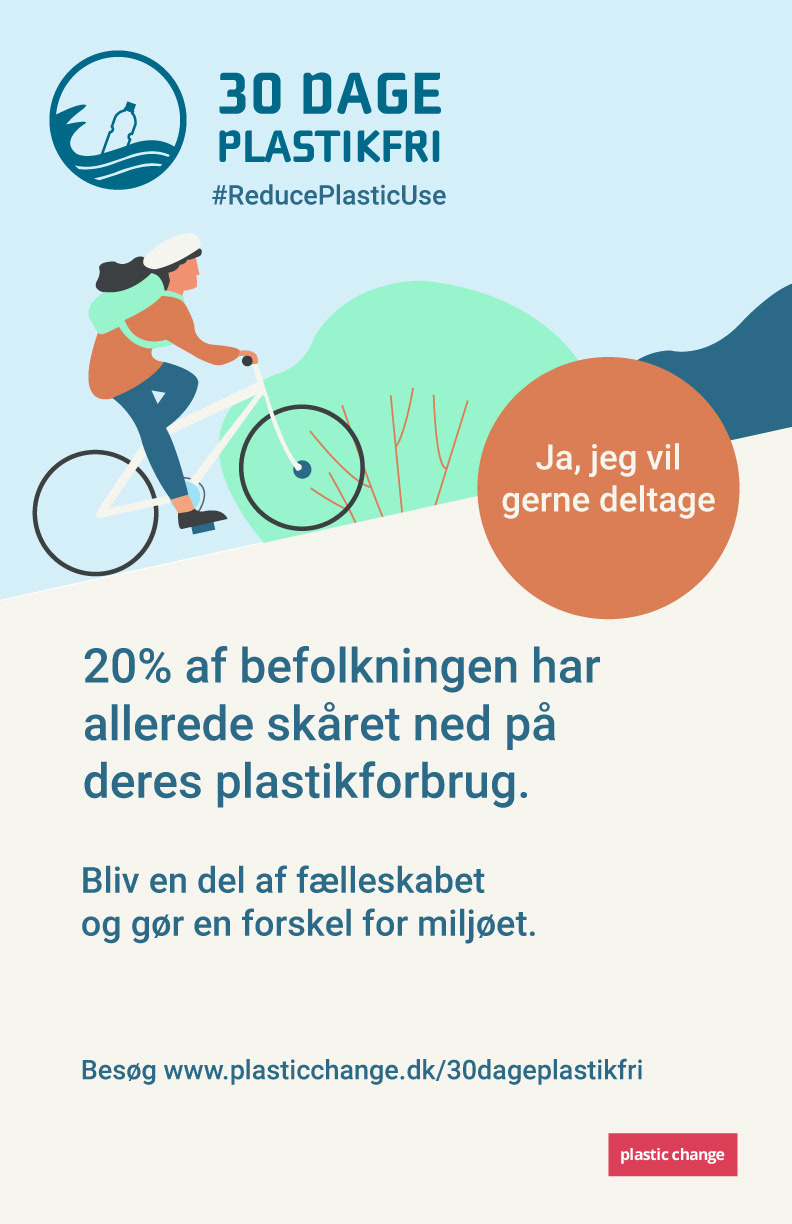
Poster for Attribus
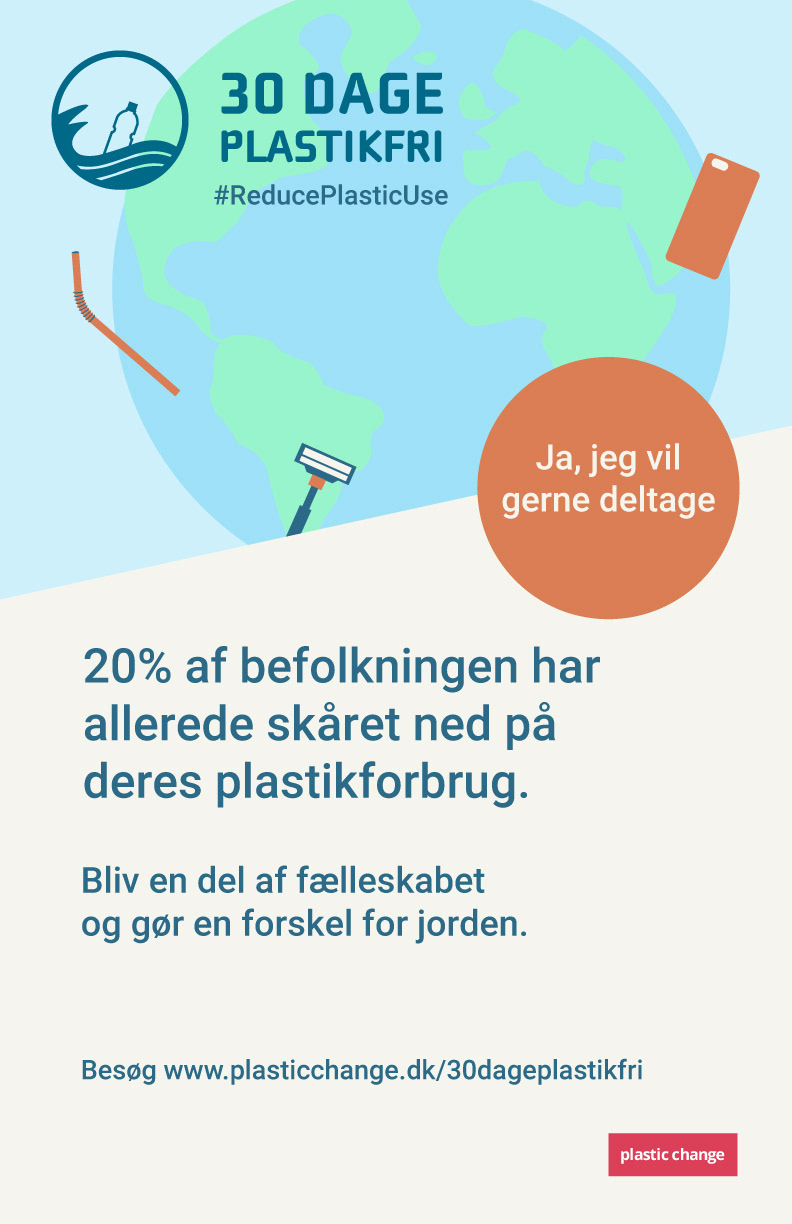
Poster for Attribus
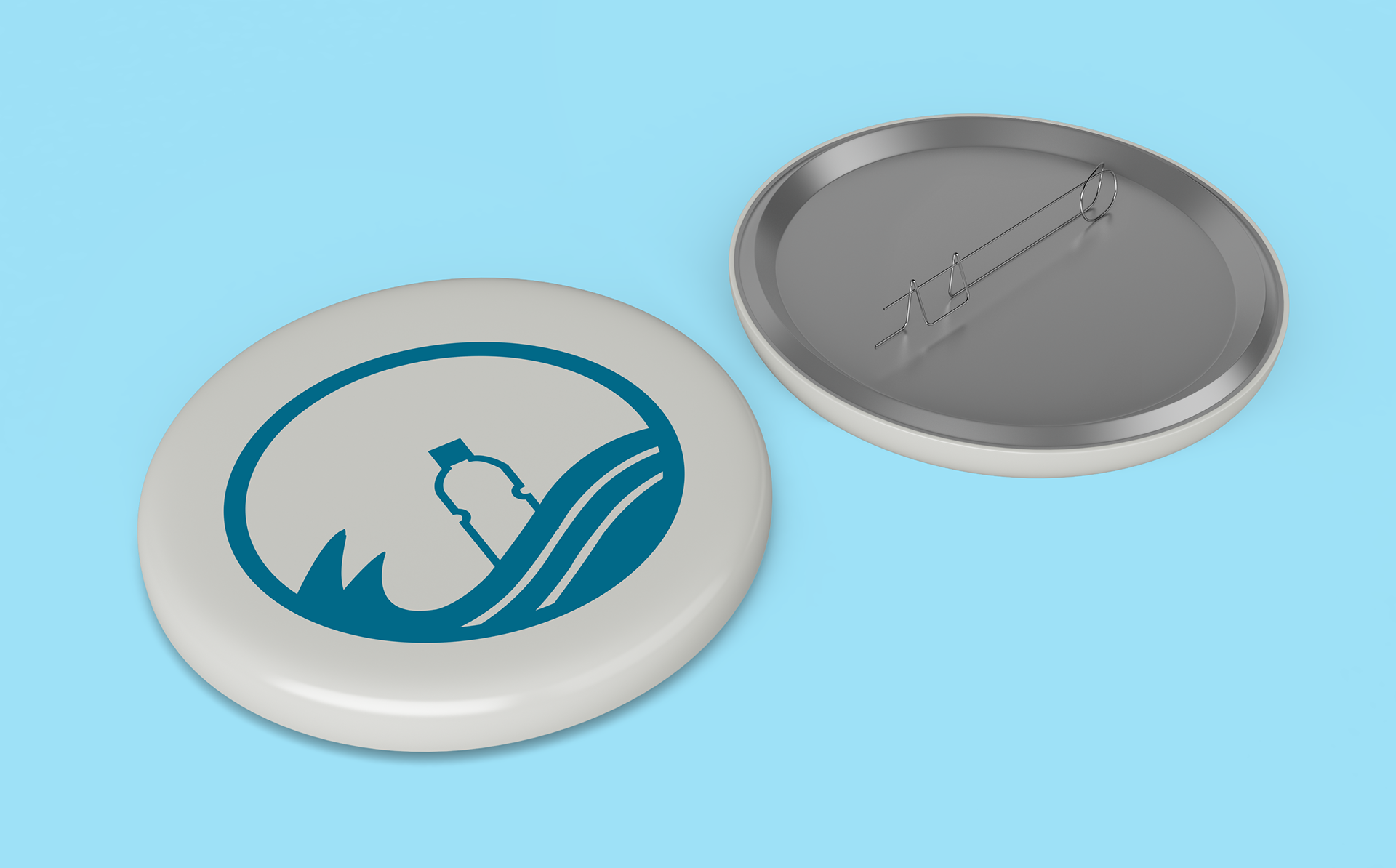
Challenge Badge
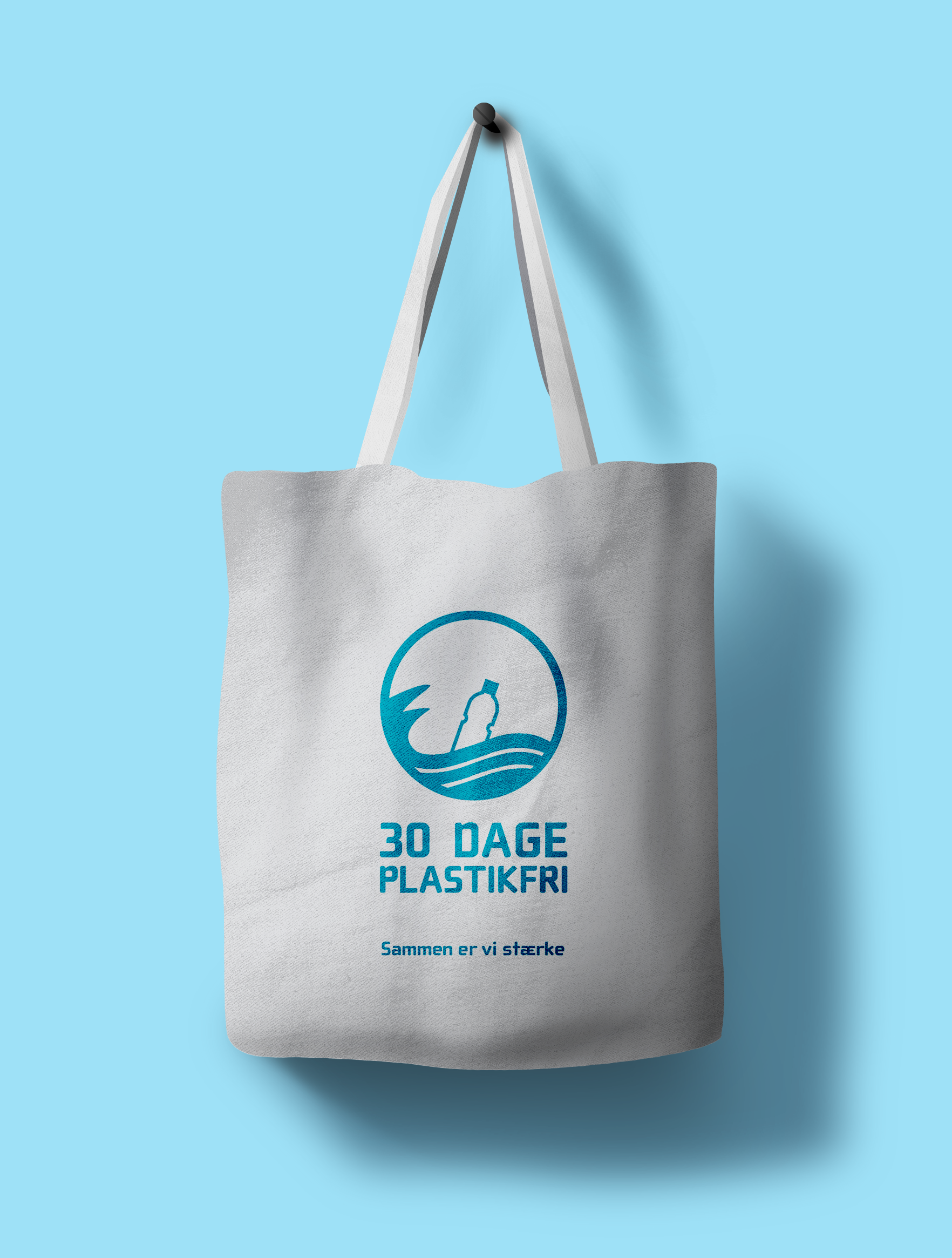
Challenge Shopping Bag
After signing up for the challenge on the website, you will shortly receive a badge and a shopping bag. The badge can be put on your clothes on bag, and the shopping bag is meant to be used every time a participant go out shopping, whether it's in the supermarket or a clothing store, the options are endless.
Social Media Profiles
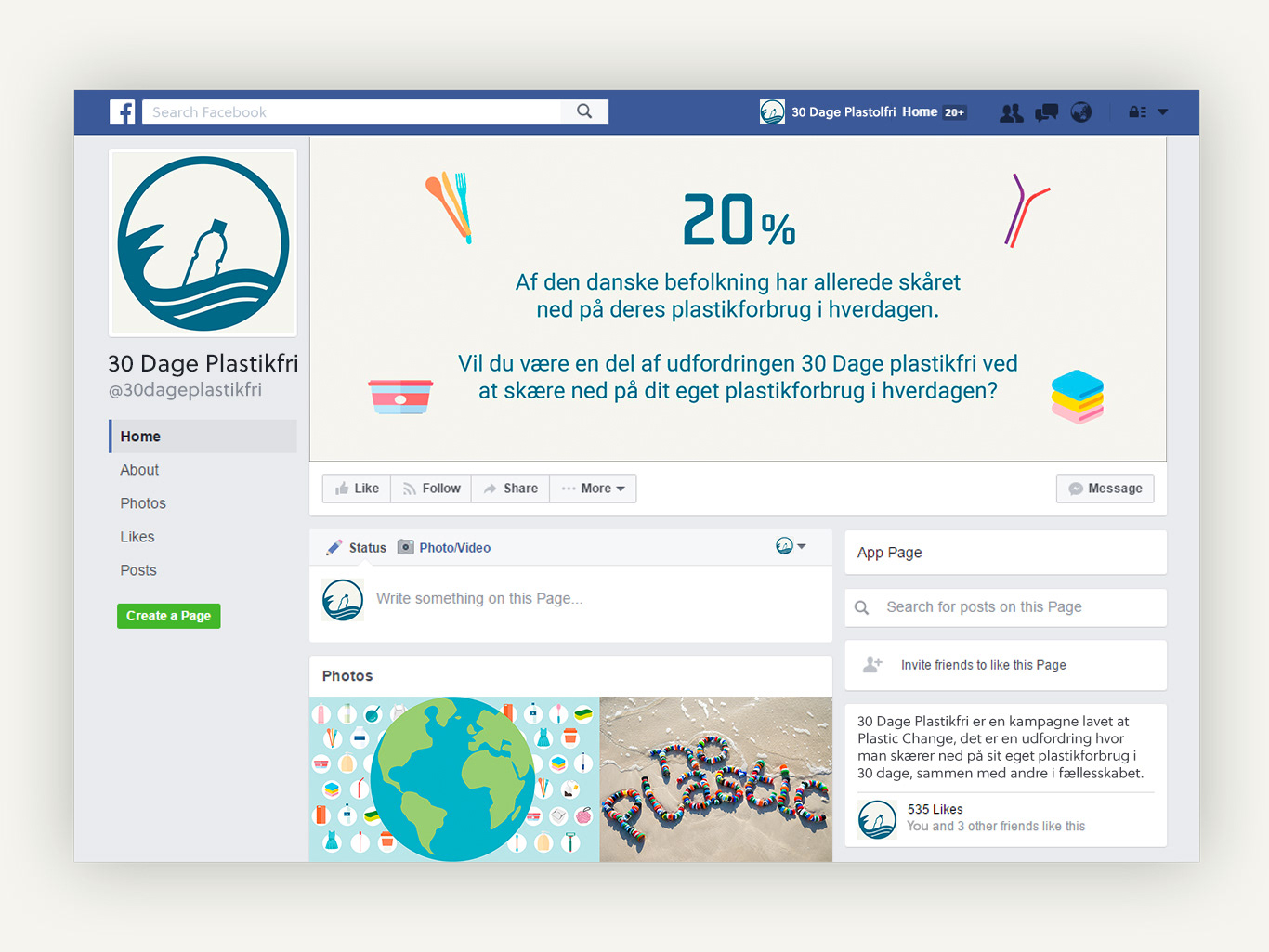
Facebook Profile
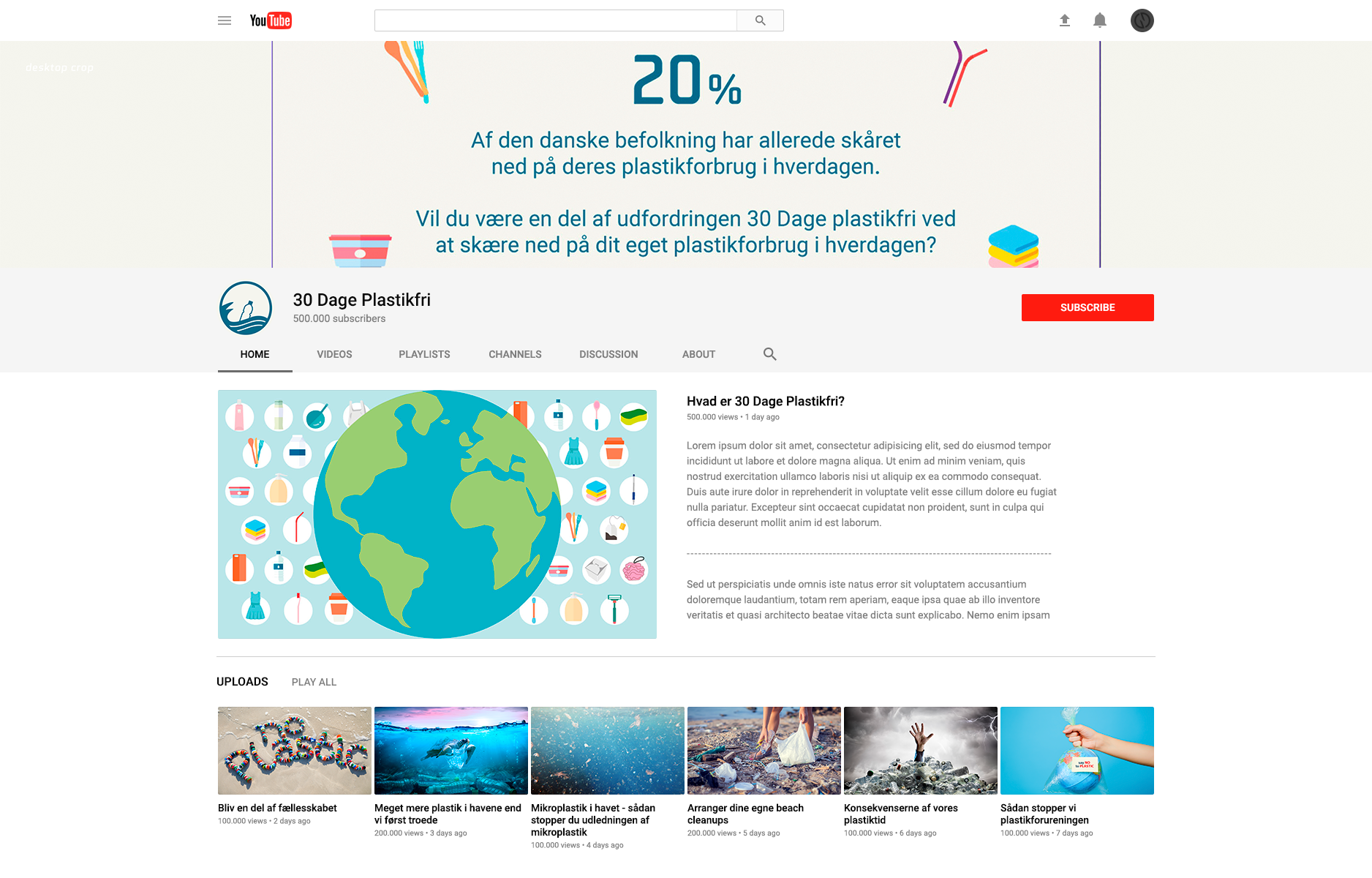
YouTube Profile
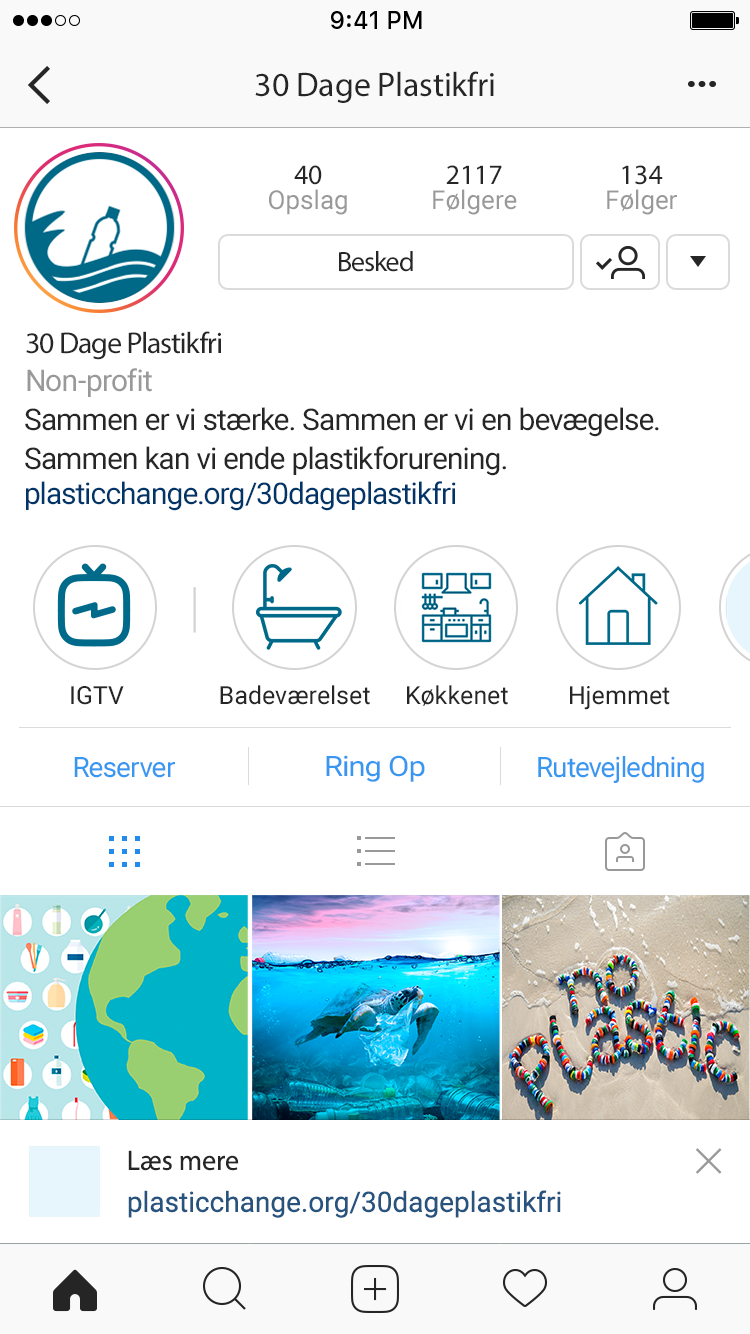
Instagram Profile
Ads Facebook & Instagram
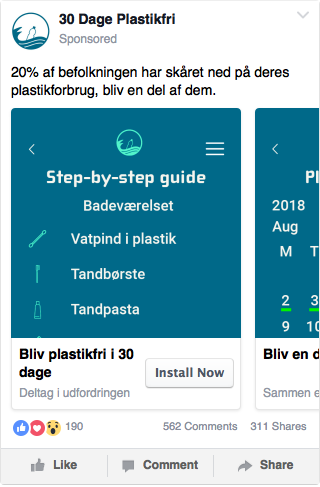
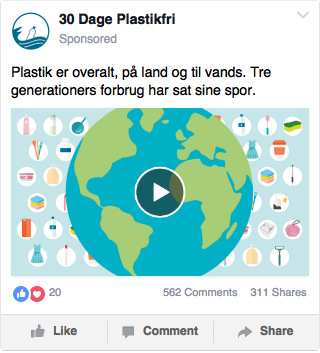
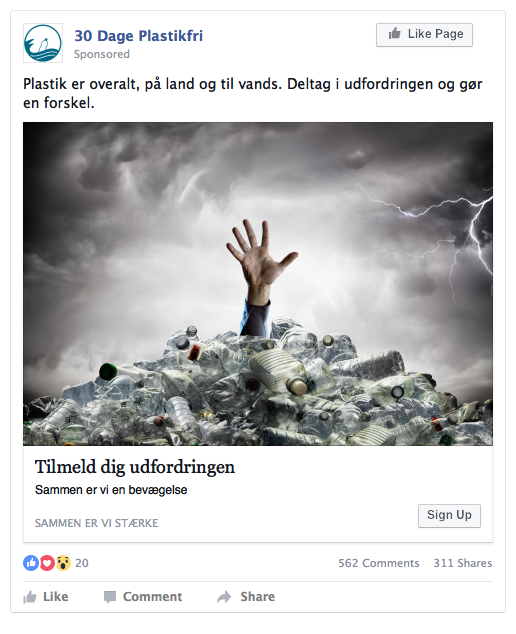
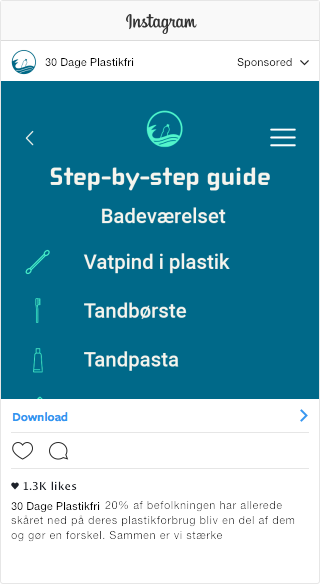
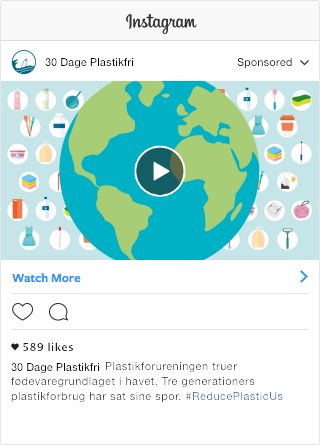

Conclusion
I tried to research, find answers and go in depth with all the components and devices that will have an impact on the solution to my problem statement: I have worked out a solution for the campaign for the chosen audience, which is the population. They have different ages and background but only have one thing in common which is their behaviour.
The solution is a challenge where the target group is challenged to be plastic free for 30 days, here they can also challenge their friends/family to do the same. The challenge has a website that explains the problem and the challenge. The website has a call-to-action (CTA) where one signs the pledge, and this way one is automatically participating in the challenge. After signing up one will shortly thereafter receive a package with a badge and shopping bag, which can be used for future purchases and in this way advertise the challenge in the cityscape. The campaign should be rolled out on Facebook, Instagram and YouTube with videos related to the campaign including the campaign video from the website.
I am still passionated about this project and I will continue to develop it further.